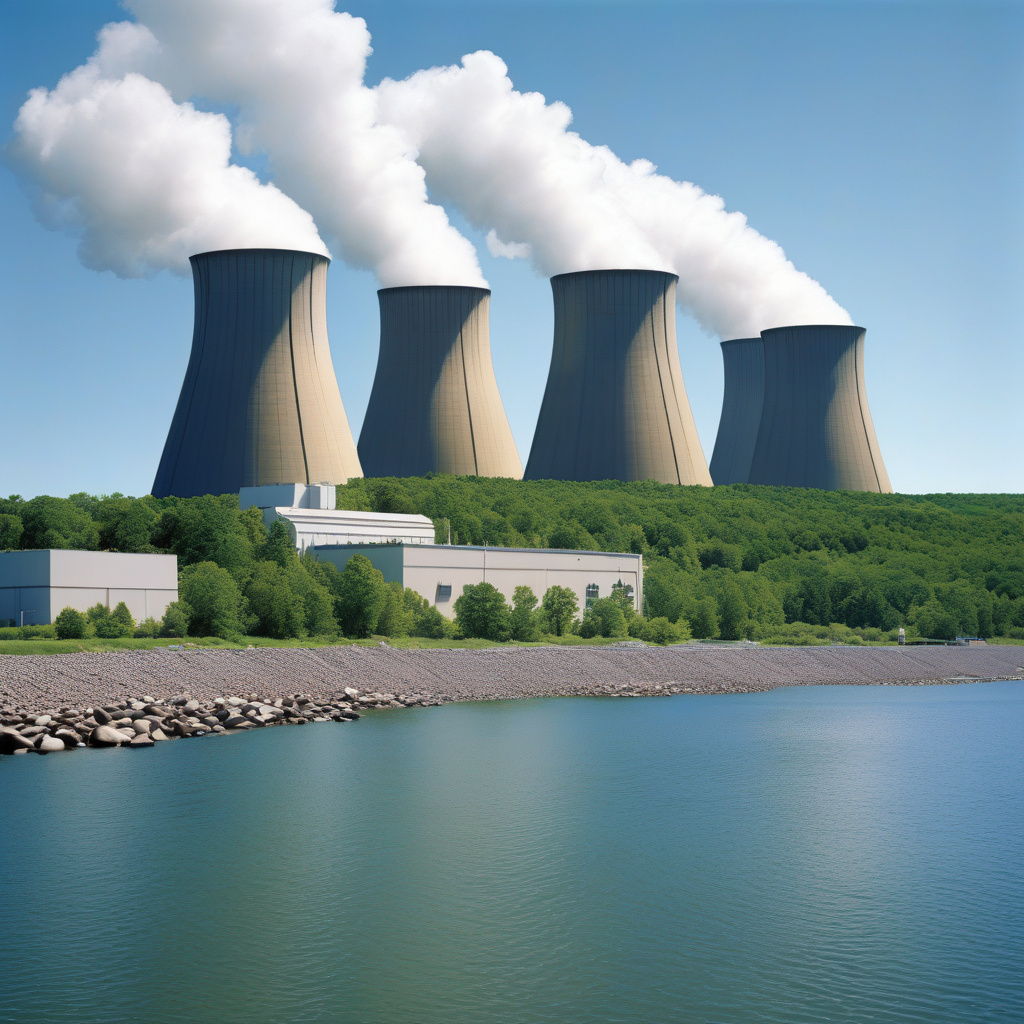History first: US to revive Palisades nuclear plant to power 800,000 homes
In a significant decision for the nuclear industry in the United States, the Nuclear Regulatory Commission (NRC) approved the transfer of the Palisades Nuclear Plant’s license to a new operator, which will pave the way for the plant’s revival. This move comes at a crucial time when the country is looking to diversify its energy sources and reduce its carbon footprint.
The Palisades Nuclear Plant, located on the shores of Lake Michigan in Covert, Michigan, has a rich history dating back to the 1970s when it first came online. However, in recent years, the plant has faced economic challenges, leading to its closure announcement by the current operator, Entergy. The decision to revive the plant not only secures hundreds of jobs in the region but also provides a reliable source of clean energy for approximately 800,000 homes.
One of the key drivers behind the revival of the Palisades plant is its capacity to generate electricity without producing greenhouse gas emissions. As the world grapples with the effects of climate change, transitioning to low-carbon energy sources has become a top priority. Nuclear power, with its ability to produce large amounts of electricity consistently, plays a crucial role in this transition.
Moreover, the revival of the Palisades plant sets a precedent for the rejuvenation of aging nuclear facilities across the country. As many nuclear plants reach the end of their initial operating licenses, decision-makers are faced with the choice of either decommissioning them or extending their operational lifetimes. By choosing to revive the Palisades plant, the US demonstrates its commitment to maximizing the potential of existing nuclear infrastructure.
Beyond the environmental and economic benefits, the revival of the Palisades Nuclear Plant also highlights the importance of technological innovation in the energy sector. The new operator of the plant plans to implement modern upgrades to enhance its safety features and operational efficiency. These advancements not only ensure the plant’s compliance with the latest regulatory standards but also showcase the strides made in nuclear technology over the decades.
Furthermore, the revival of the Palisades plant underscores the role of public-private partnerships in driving energy infrastructure projects. By working closely with government agencies, the new operator can navigate the complex regulatory landscape and access the necessary resources to bring the plant back online. This collaboration sets a model for future energy initiatives that require a blend of expertise from both the public and private sectors.
In conclusion, the decision to revive the Palisades Nuclear Plant marks a significant milestone in the history of nuclear energy in the United States. By leveraging existing infrastructure, embracing technological innovation, and fostering partnerships, the country is not only ensuring a sustainable energy future but also revitalizing local economies and communities. As the plant gears up to power 800,000 homes once again, it stands as a testament to the resilience and adaptability of the nuclear industry in an ever-changing energy landscape.
Palisades, Nuclear Plant, Revival, Energy, Innovation












